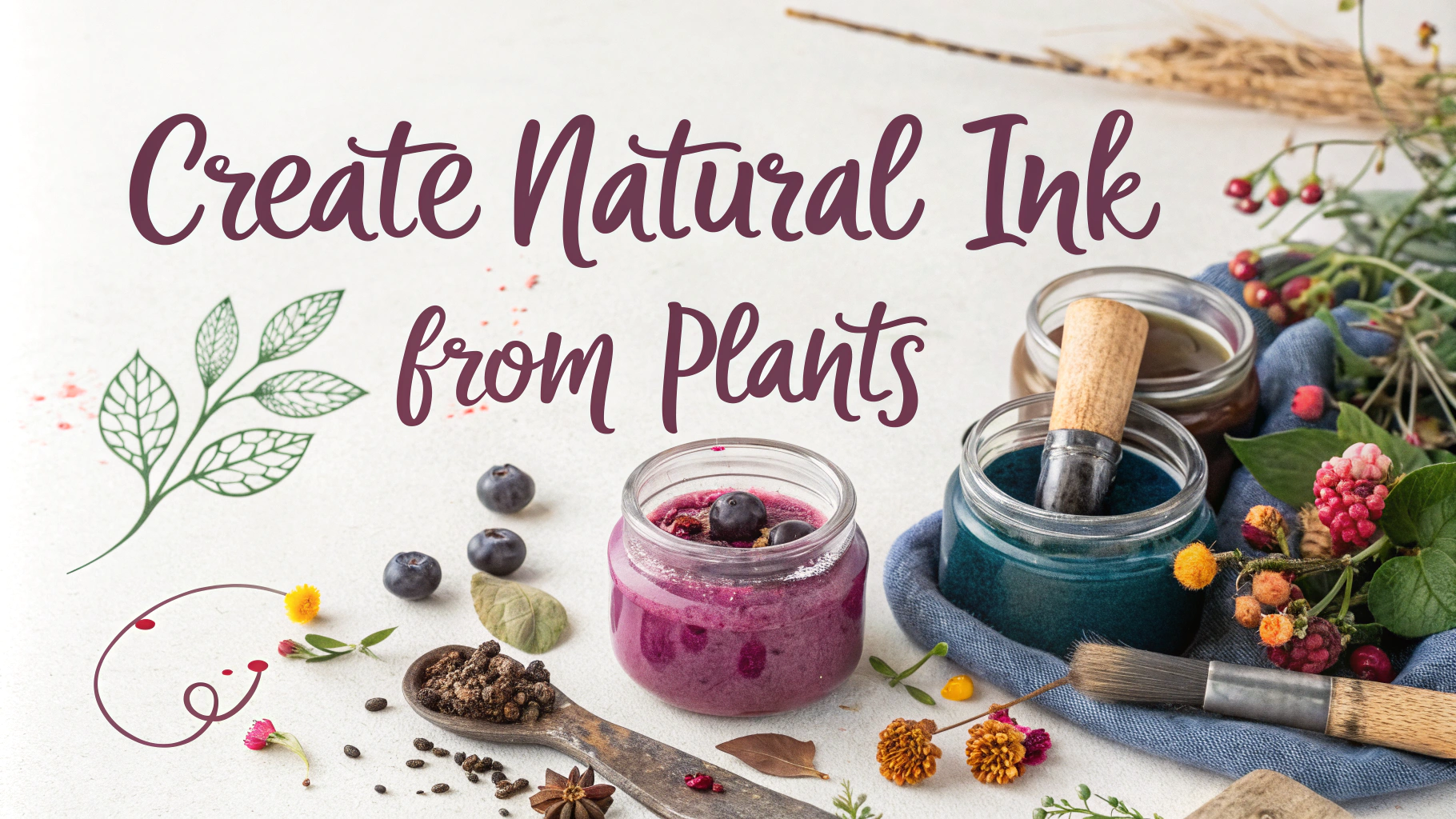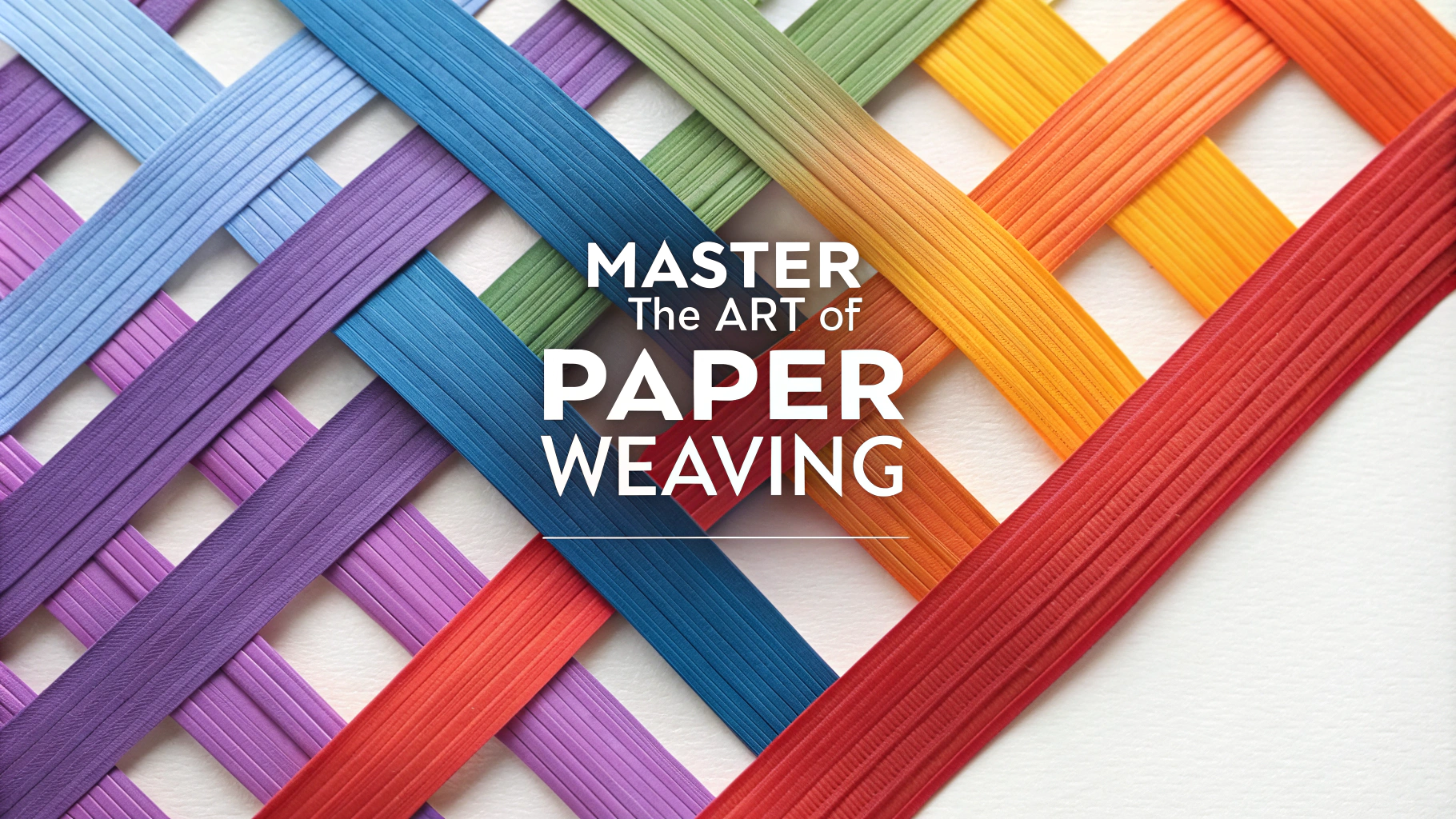Natural fabric dyeing transforms ordinary textiles into vibrant works of art using plants and materials from your own garden.
Getting Started with Natural Dyes
A basic natural dyeing setup requires white or light-colored natural fabrics (cotton, wool, silk, or linen), mordants, dyeing pots, and plant materials.
Essential Tools
- Large stainless steel or enamel pot (never use for food)
- Strainer or cheesecloth
- Rubber gloves
- Measuring cups
- Wooden stirring spoons
- Thermometer
Common Mordants
- Alum (potassium aluminum sulfate)
- Iron (ferrous sulfate)
- Copper sulfate
- Cream of tartar
30 Natural Dye Sources and Colors
| Plant Material | Color | Best Fabric |
|---|---|---|
| Onion skins | Golden yellow to brown | All natural fibers |
| Avocado pits/skins | Pink to coral | Silk, wool |
| Turmeric | Bright yellow | Cotton, linen |
Basic Dyeing Process
- Scour fabric by washing thoroughly to remove oils and residues
- Prepare mordant bath according to fabric weight (typically 15% alum for wool)
- Simmer plant material to extract dye
- Strain dye bath and add pre-mordanted fabric
- Heat gradually and maintain temperature for 30-60 minutes
Tips for Success
- Always test dye on fabric samples first
- Use soft water when possible
- Weigh dry materials for consistent results
- Record your recipes and results
Color Modifiers
Add iron sulfate for darker shades, or cream of tartar for brighter colors.
Eco-Friendly Practices
- Compost spent plant materials
- Use rainwater when possible
- Choose local, seasonal plants
- Reuse dye baths until exhausted
Troubleshooting
- Uneven color: Increase stirring frequency
- Pale results: Add more dyestuff or mordant
- Color bleeding: Increase mordant or rinse thoroughly
Store finished pieces away from direct sunlight to preserve colors.
Join local natural dye groups or workshops to learn more techniques and share experiences.
Resources
- Natural Dye Database: www.naturaldyes.org
- Botanical Colors: www.botanicalcolors.com
- Local Guild Directory: www.weavespindye.org
Storage and Care
- Store dyed fabrics in acid-free tissue paper
- Keep items away from prolonged direct sunlight
- Hand wash separately in cool water
- Use pH-neutral soap for cleaning
- Air dry in shade
Advanced Techniques
Bundle Dyeing
Create unique patterns by bundling fabric with leaves, flowers, and other materials before steaming.
Overdyeing
Layer different dye colors to create complex hues and patterns. Start with lighter colors and progress to darker shades.
Shibori Methods
- Fold and clamp for geometric patterns
- Bind for circular designs
- Stitch for detailed motifs
Seasonal Dyeing Calendar
| Season | Available Materials |
|---|---|
| Spring | Dandelions, nettle, spring flowers |
| Summer | Marigolds, berries, garden herbs |
| Fall | Walnut hulls, autumn leaves, pomegranate |
| Winter | Bark, roots, dried materials |
Conclusion
Natural dyeing offers an eco-friendly way to create unique textiles while connecting with traditional craft methods. Success comes through experimentation, careful documentation, and understanding the relationship between fibers, mordants, and plant materials. As you develop your skills, you’ll discover endless possibilities for creating sustainable, beautiful colors from nature.
Start your natural dyeing journey with simple projects and gradually expand your expertise. Remember that each dyeing session is an opportunity to learn and refine your technique while creating one-of-a-kind pieces that reflect the beauty of the natural world.
FAQs
- What plants can I use from my garden to create natural dyes?
You can use marigolds (yellow/orange), indigo (blue), madder root (red), woad (blue), goldenrod (yellow), black walnut hulls (brown), purple basil (purple), hibiscus (pink), onion skins (orange), and chamomile (pale yellow). - Do I need to use a mordant when natural dyeing, and what is it?
Yes, mordants are essential chemical compounds that help the dye bond with fabric fibers. Common natural mordants include alum (potassium aluminum sulfate), iron sulfate, and tannins from oak galls or sumac leaves. - Which fabrics work best with natural dyes?
Natural fibers work best, particularly protein fibers like wool and silk, and cellulose fibers like cotton and linen. Synthetic fabrics typically don’t accept natural dyes well. - How colorfast are natural dyes compared to synthetic ones?
Natural dyes are generally less colorfast than synthetic dyes. They may fade with sun exposure and washing, though proper mordanting and care can significantly improve their longevity. - What’s the basic process for natural fabric dyeing?
The process involves scour cleaning the fabric, mordanting it, preparing the dye bath from plant material, simmering the fabric in the dye, and rinsing until water runs clear. - Can I create different colors by mixing natural dyes?
Yes, you can create secondary colors by either combining dye materials in one bath or overdyeing (dyeing one color over another). For example, yellow + blue = green. - What safety precautions should I take when natural dyeing?
Use non-reactive pots (stainless steel or enamel), wear gloves, work in a well-ventilated area, keep dyeing equipment separate from cooking tools, and never consume plants used for dyeing. - How should I prepare my fabric before dyeing?
Thoroughly wash the fabric to remove any sizing or oils, then soak it in the chosen mordant solution for several hours or overnight before dyeing. - How long does natural-dyed fabric last?
With proper care, natural-dyed fabrics can last for years. Wash in cool water with mild soap, avoid harsh detergents, and store away from direct sunlight. - What’s the best way to harvest and store plants for dyeing?
Harvest plants at their peak growth, dry them thoroughly, and store in airtight containers in a cool, dark place. Fresh plants can be used immediately or frozen for later use.









